This is one of those posts that I almost dislike writing, because I know I won’t do it justice. Let me put it into small words for you: go to the Great Wall of China. If it’s not on your bucket list, it should be.
Getting there
I arrived at Beijing’s airport and was through customs by about 10:30pm local time. In the arrivals hall I was greeted warmly by Simon Xiao, the driver I hired to take me around. He was the consummate professional and his fees were very reasonable for the service provided. I could not recommend him more. His website is www.simon-service.com.
As I mentioned in my last post, Simon drove me to the Red Wall Garden Hotel, which was a fine hotel close to Tiananmen Square and Wangfujing yet very reasonably priced (I’ll cover the hotel in my next post). He dropped me off at the hotel and we arranged a time for him to pick me up the next morning to head out to the Wall.
A bit of Great Wall history
I’m not going to pretend to be an expert on Great Wall history. There are many great sources on the internet, so please use your Google (that sounded dirty for some reason) and research it to the degree your heart allows. I’ll hit the main points, just to catch everyone up. The wall was constructed in four main periods dating back to the Han dynasty as early as 220BC. It covers over 13000 miles of China, and literally extends into the ocean at its most easterly point. No, you can’t see it from space. Most of the pictures you see on the internet (including here) are of renovated portions of the wall. I was able to see some unrenovated portions of the wall (and you will too) and you’ll understand why it isn’t visible from space. The estimated human cost to build the wall over the centuries is well into the hundred thousands, if not millions, of souls lost. There’s simply no other construction project like it in the history of our planet. Why was it needed? Sometimes to keep invaders out, other times to keep people in. Walls are funny like that.
Back to our story
Ok enough history. Simon picked me up promptly at 8:30am and we made our way north towards the Wall. When people say they’re “visiting the Great Wall of China” they usually mean one of four sections of it. The two most popular are Badaling and Mutianyu. Badaling is the most popular (and most crowded) Wall spot, and many say it’s way too touristy to feel authentic anymore. The Mutianyu section is recommended by many because it was renovated relatively recently (1569) and is in great shape. It’s also one of the furthest from the Beijing metro area, so it’s usually not too packed with tourists. Along the way, Simon regaled me with stories of Chinese and Great Wall history. Beijing, which I learned means “North Capital” as opposed to Nanjing, “South Capital”, has all the trappings of a major city, but once the urban sprawl winds down you find yourself in rural China rather quickly.
It was about a 90 minute drive to Mutianyu village, at the foot of a cable car that takes you up to the Wall. It’s a typical tourist trap, with plenty of merchants to sell you all sorts of Wall merchandise, but we got there pretty early in the morning and a lot of the vendors hadn’t set up shop yet. In either case, nobody that was open was too pushy.
Simon and I made our way to the cable car and took it up to the Wall. Others will choose to hike up to the Wall, and that’s their choice. I will lazily take the cable car and I will wave at them below.
So, in ignorance I must admit to something. I guess I never realized how mountainous this part of China was. I guess I knew the Great Wall wasn’t flat, but the steepness of these ascents (and the Wall itself) caught me totally off-guard. I can’t imagine being an invading force, making it through dangerous mountain passes and up steep mountain cliffs, only to face: a gigantic wall populated by angry guards with arrows pointed at you.
Ok now I’m at the Wall
Some of you are just skipping through the headers wondering when I’m getting to the part about the Great Wall, and this is it. We stepped off the cable car and onto the Great Wall of China. There’s a plaza at the cable car area where Simon took some pictures of me and had a stranger take a picture of the two of us.
I guess the AAAAA was a rating of some sort, but to me it looked like one of those old arcade games where people could input their name next to the high scores and would just type AAAAA instead of their name.
Simon got quite a few more pictures of me with my camera, then he went back down to the village and set me loose on the wall by myself, reminding me where he’d be waiting in one of the parking lots for me (no rush). Astute readers probably noticed in the picture of Simon and me the elevation change in the background. Eek.
Here was the basic layout: all of the watchtowers are numbered. The cable car landed at tower 14. From there you can go left or right. Right is mostly downhill and leads to the toboggan ride back down to Mutianyu village. Seemed too easy for me, Simon said. He recommended I go left, up to Tower 23, since there wouldn’t be as many people heading that direction. He was sure to emphasize the word up, but I didn’t pay it attention as I started left.
I realized very quickly that Simon’s advice was spot on. There were few people on that section of the Wall (or the Wall in general). It was brisk and chilly, but in the sunlight and with all the uphill walking I quickly warmed up. I began walking from tower to tower, quickly lost in the history and sheer bigness of the place I was standing. The knowledge that people had been standing where I stood for thousands of years was incredible.
I loved exploring all of the towers and finding my way onto the roofs of almost every one for some more pictures. There are strict rules about taking no part of the Wall with you, and unfortunately many take this as a license to leave part of them at the Wall and carve their names into the stones. Leave the stones at rest when you go, history will appreciate you.
The first part of my journey was relatively flat, but as I made my way further west, the elevation started increasing fairly dramatically.
The stairs on the Wall aren’t a consistent height, each step would be anywhere from 6 inches tall to well over a foot tall, especially once you got to the steeper stairways.
At this point, I was breaking into a bit of a sweat. And that’s when I saw to the big stairway from Tower 19 to Tower 20 and realized how much “fun” it was going to be going up.
At Tower 19 there are vendors there selling coke, beer, water, souvenirs, everything you need (except spare calf muscles I guess). One lady in particular had an interesting sales strategy, “You want water? You fat, need water.”
The reason they’re set up at Tower 19 (which is just outside the frame at the bottom right of the above picture) is the staircase from 19 to 20. Many people don’t make it all the way up. It’s 426 steps of varying height and is quite a difficult climb. However, I wasn’t going to travel all the way to China and not climb the stairs.
I started off pretty well, but sure enough had to stop a few times to give my legs a break. Oh my gosh. Even just going back to the memories almost made my calves cramp up. If you go, you have to climb the stairs though, you’re rewarded with an amazing view. There were more vendors on Tower 20, and I bought a bottle of water, if nothing else because I was impressed they climbed the wall every day to set up shop there. I’m no fan of the rapper Drake, but I thought the joke would be easy enough to make that I went ahead and made a little instagram video of the occasion.
Most people didn’t seem to continue onward from Tower 20, because it was just more steps upward, over and over again. But, again, I’m not going to come all the way and not keep climbing. I was rewarded by being the only person making the ascent at that point. I made it all the way up to Tower 23, where a gentleman had set up yet another shop. I was incredibly impressed with this man and bought some items from him. I can’t imagine climbing that high every day.
Tower 23 marks a unique border: the end of the renovated section of the Great Wall at Mutianyu. A large portion of the Wall is in disrepair due to exposure from the elements and looters who used the granite stones for their own purposes over the years. It’s like going from back in time to back before time.
I set out past Tower 23. It turns out this path leads all the way to another section of the Wall called Jiankou and is actually a pretty popular hike (most will hike from Jiankou to Mutianyu). There was a thin path along the edge of the Wall trampled down, and I followed it over to Tower 24.
You can really appreciate the rawness of the Wall at this point. You’ll notice the sides are still relatively apparent, but the walkways are pretty much gone, as is a lot of the structure of the watchtowers themselves.
I loved the contrast of renovated to raw (keep in mind when I say “renovated” I mean it’s only a few hundred years old). Simon had some other things planned for me, so I knew I needed to get back, but when I return I will do the trek from Jiankou to Mutianyu. Hiking is still very much a new thing in China, so before everyone discovers a great hike like this I want to do it.
The way back down wasn’t as much of a relief for my legs as I had hoped (especially after well over 1,000 steps on the way up and surprisingly just as many on the way down), the unevenness of the stairs really played havoc on my knees, but I made it down without falling or tearing anything. I did happen upon some Spanish speakers who were making their way up the stairs, and got a surprised laugh from them when I started a conversation in Spanish with them (most wouldn’t expect it from a white guy with a red beard). They were enjoying the Wall except for the stairs.
I took my time heading back to Tower 14 and got some more pictures.
As I neared Tower 14 and the cable car down the mountain, I stopped and took in the scenery around me. Not just the mountainscape, but families walking on the Wall together, Chinese and foreigners, all taking in the majesty of the place. The Great Wall of China was not on my bucket list, but it always should’ve been. You simply can’t understand the gravity and scale of the Wall without setting afoot its precipice. It defended dynasties from Mongol invaders and left a lasting legacy to the power of humans to create and construct, no matter the (however tragic) cost.
I will never forget my day on the Great Wall of China, it’s simply one of the most incredible places I have seen…so far.
Wrapping up
I made my way back to the cable car, rode it down to the village, and then went down Vendor Alley. There were seriously probably 50 vendors selling the exact same thing, each one standing in my way trying to peddle their wares. I’m sure some would’ve found it annoying but I had fun with it while declining their offers, they didn’t mean any harm. An Aussie and I were walking down at the same time and had an informal contest to see who could give the most ridiculous response to a vendor about why he or I couldn’t buy their stuff. It was a fantastic melee to end a peaceful morning at an amazing place.
I met Simon at the prearranged parking lot (he had been busy, as usual, coordinating more trips for clients) and we drove back to Beijing. Next on the agenda: the Summer Palace and one of the best dinners I’ve ever had.
In conclusion
Go to the Great Wall of China. Quickly. Go before even more people visit these remote places and bring the chintzy touristy attitude with them. I’ve been dancing around a word this entire post: primitive. That’s the most amazing thing about the Great Wall of China, you expect it to be primitive but end up shocked at just how advanced it was when it was constructed. It’s largely withstood the test of time and will hopefully intrigue awestruck visitors for thousands of years to come.

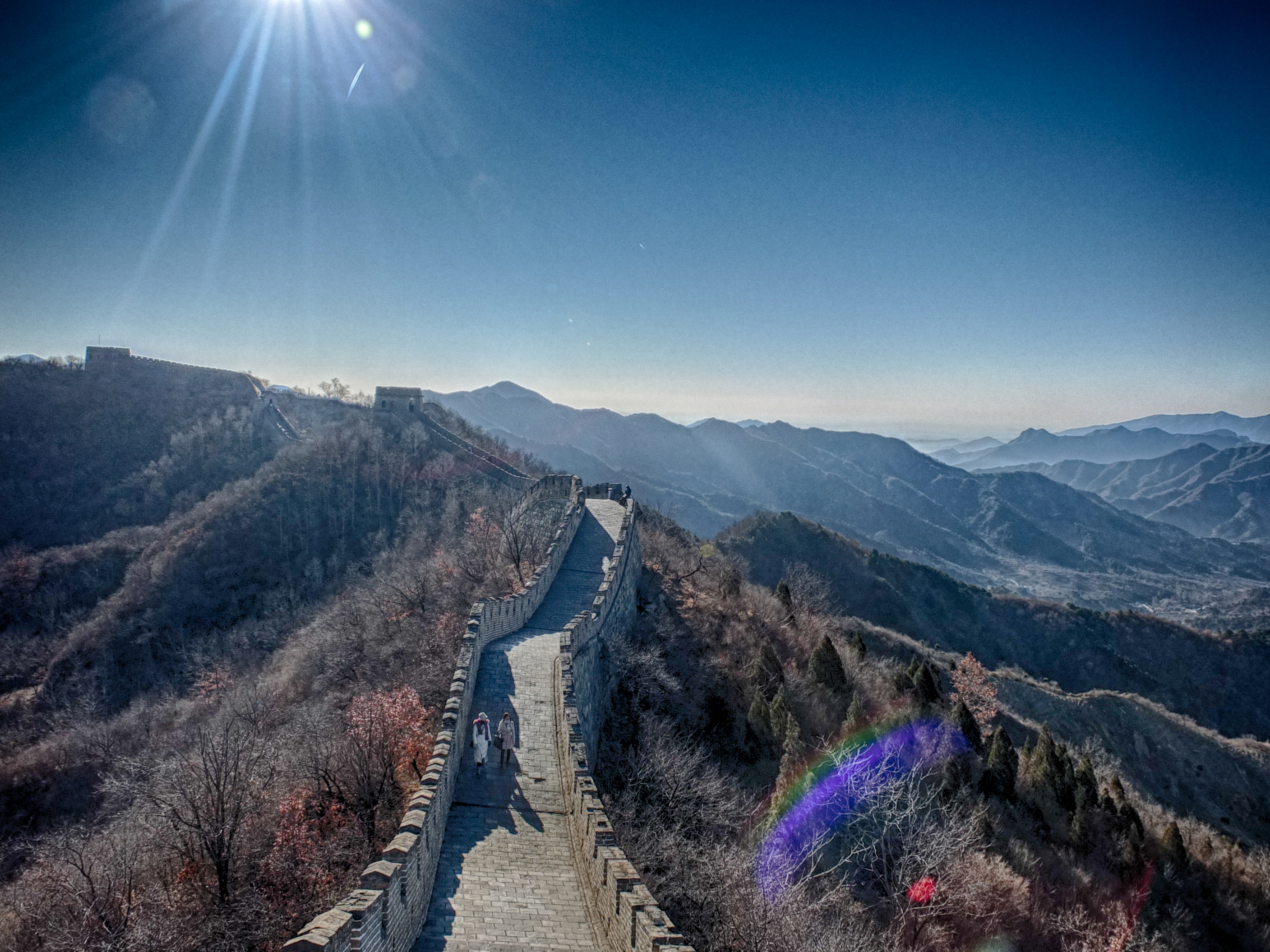

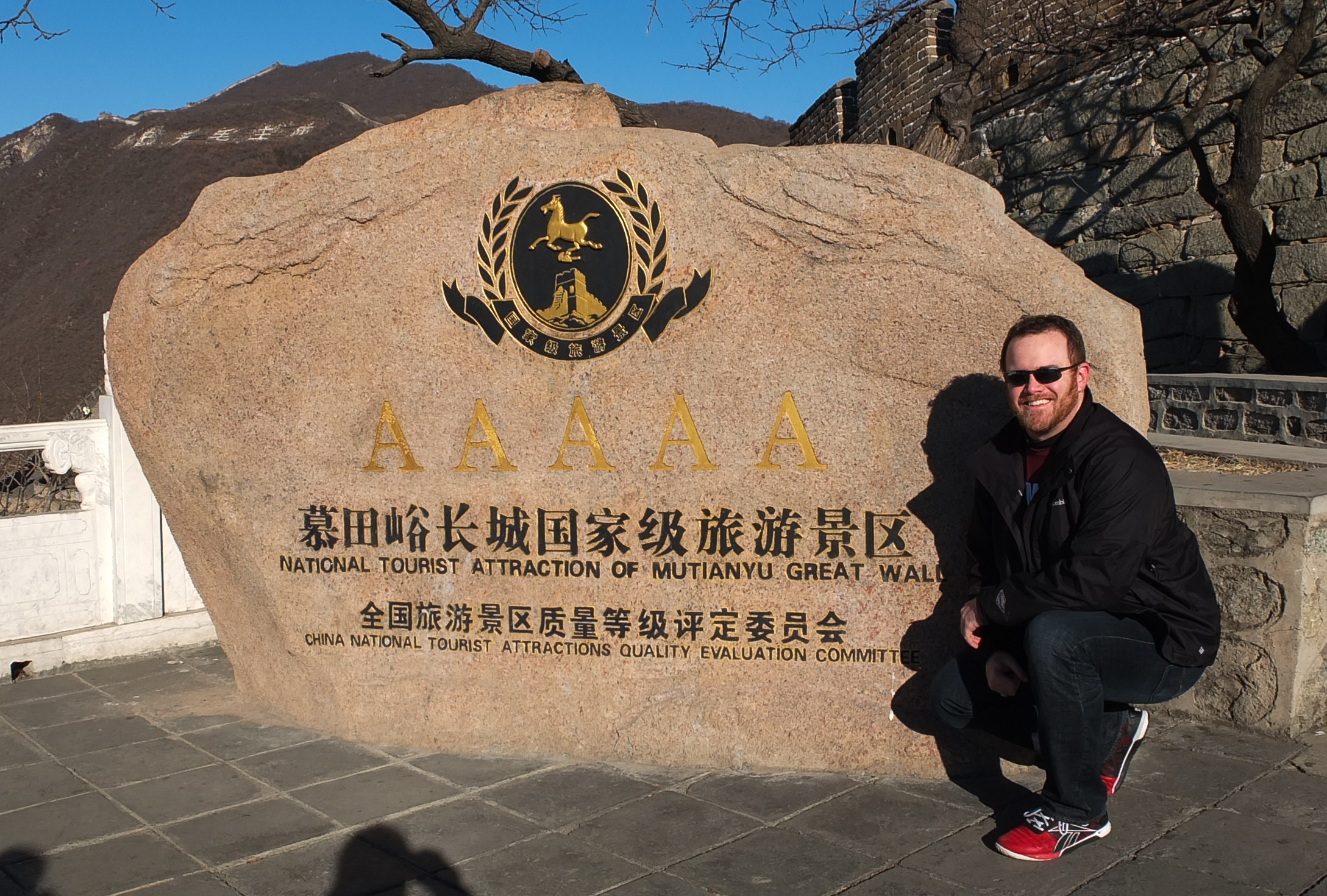
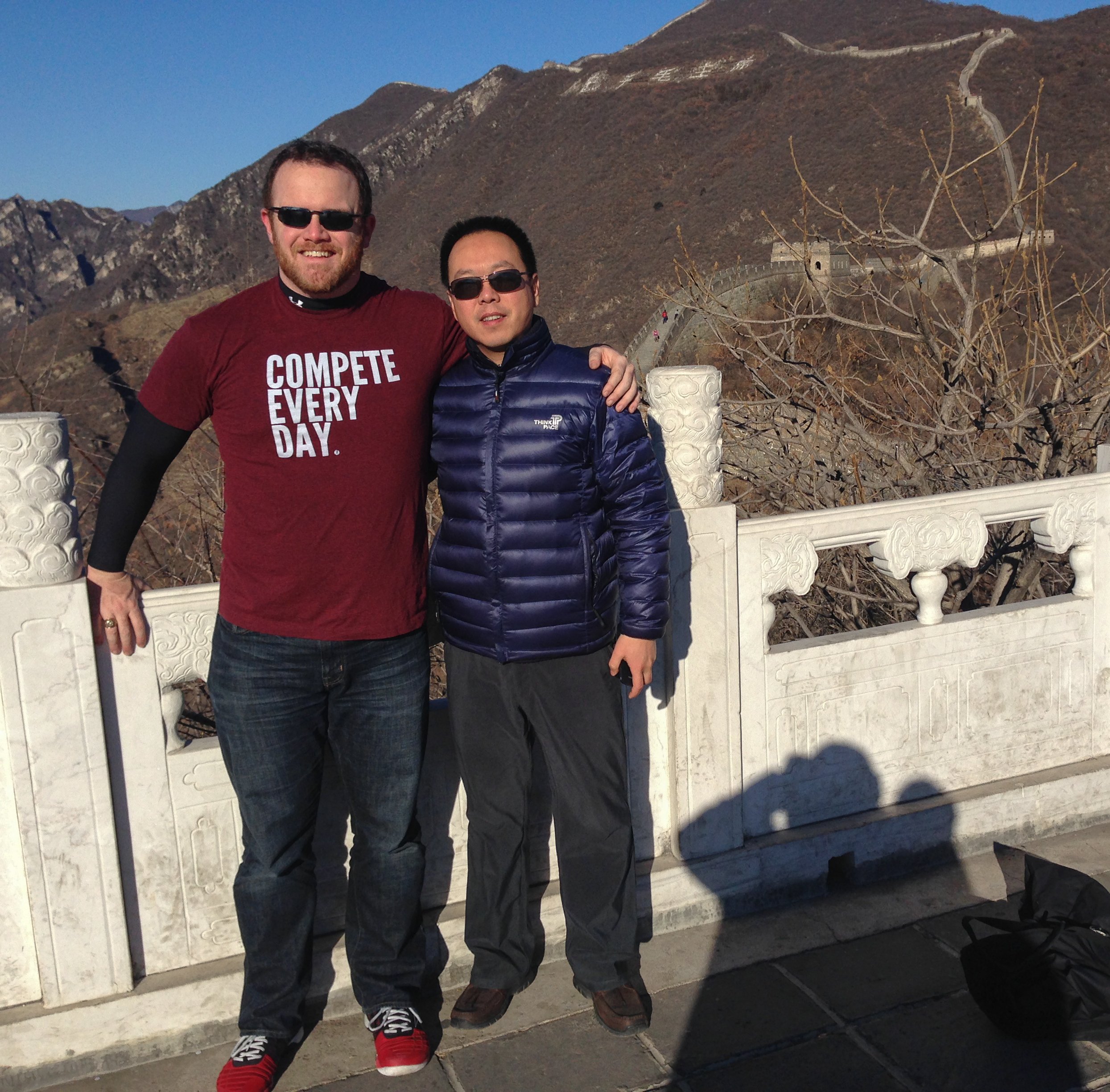

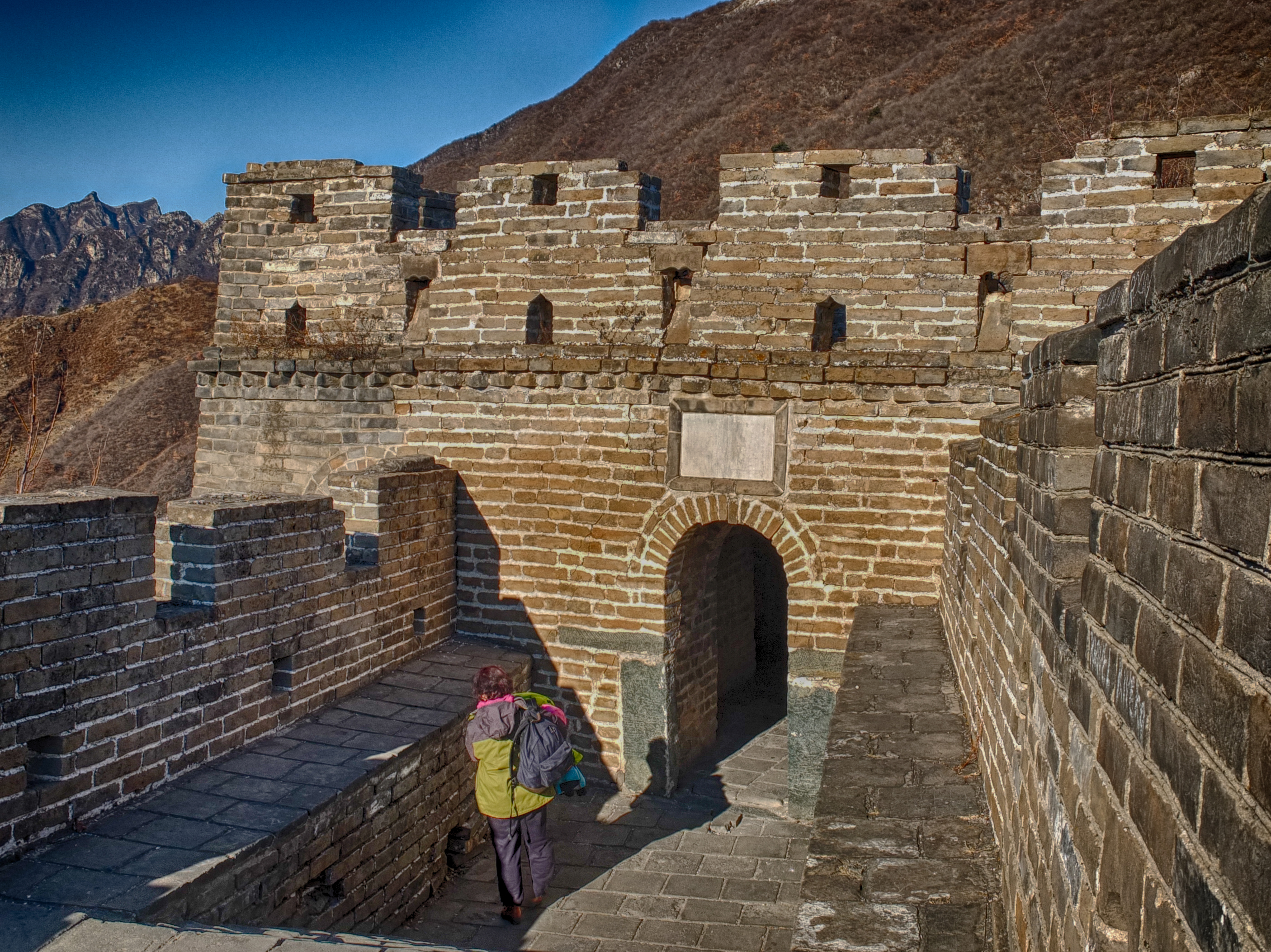
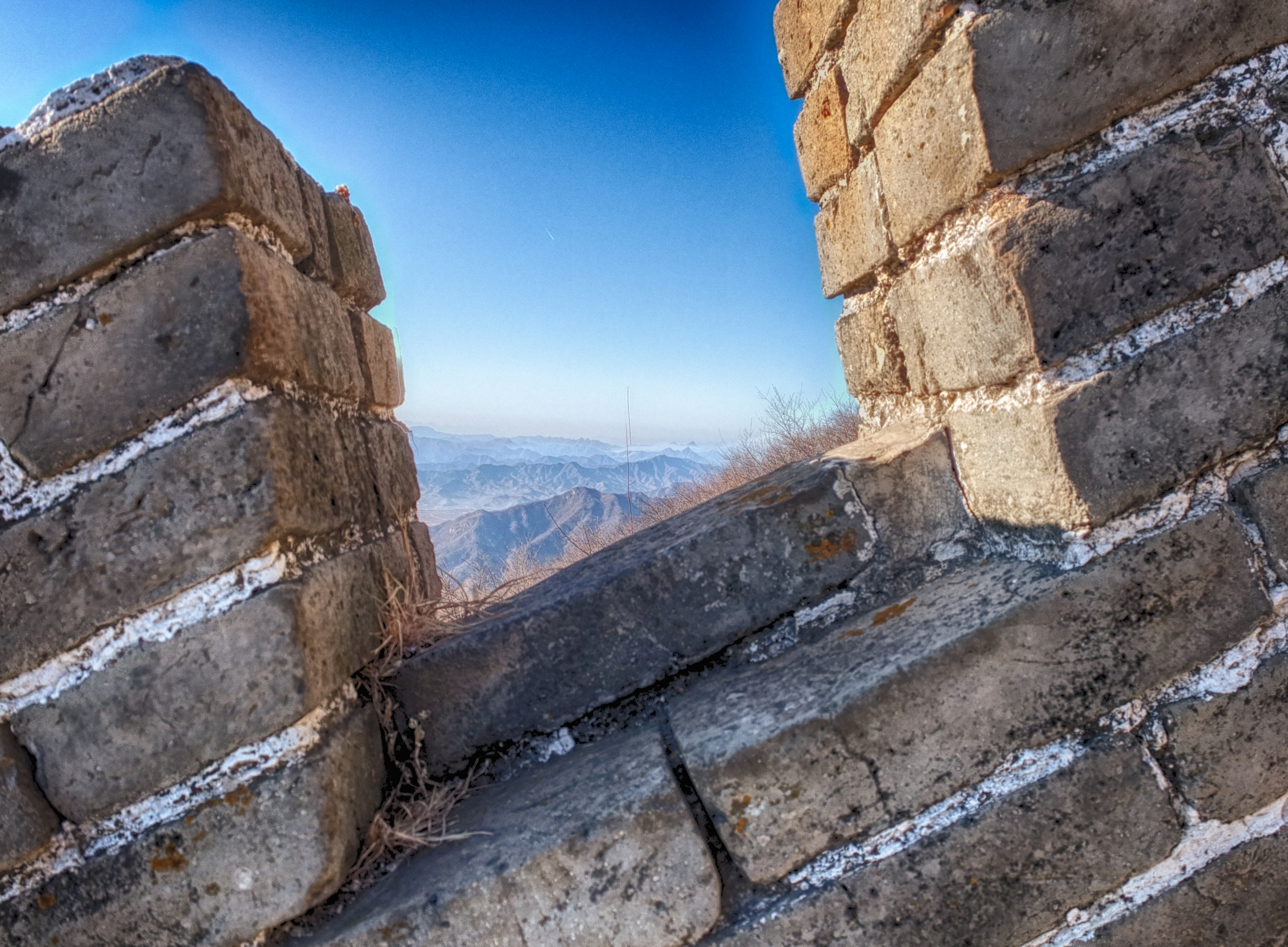

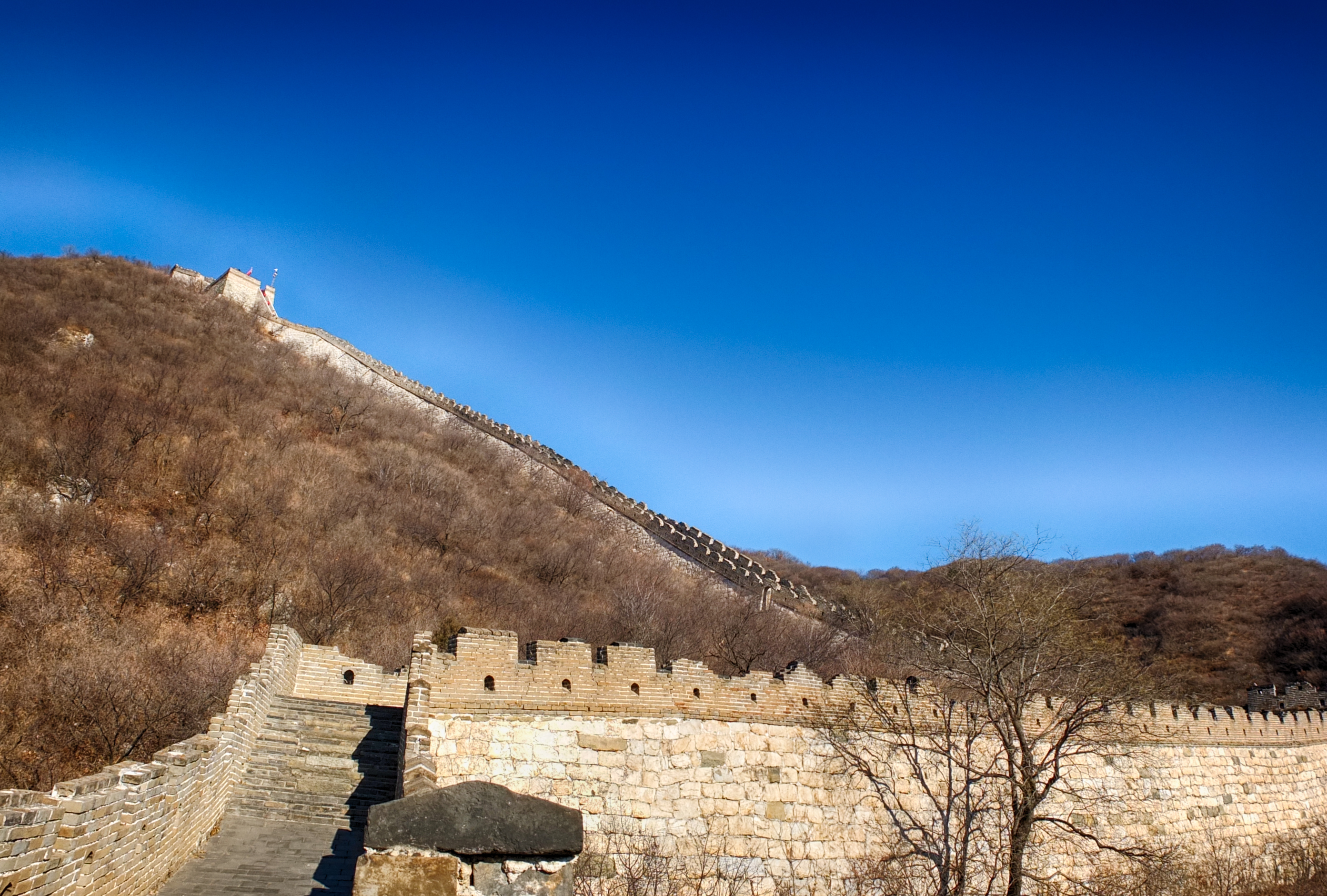

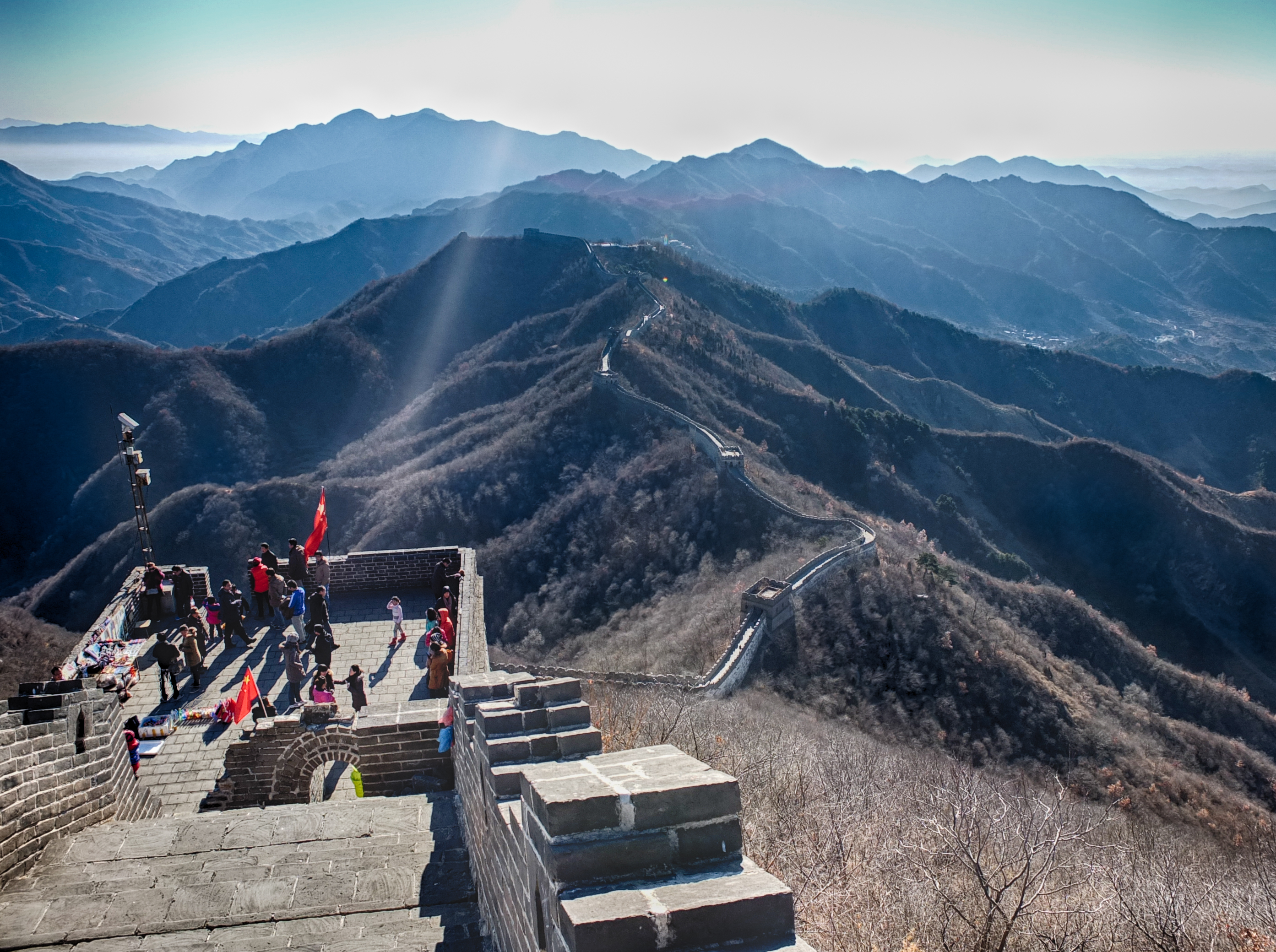

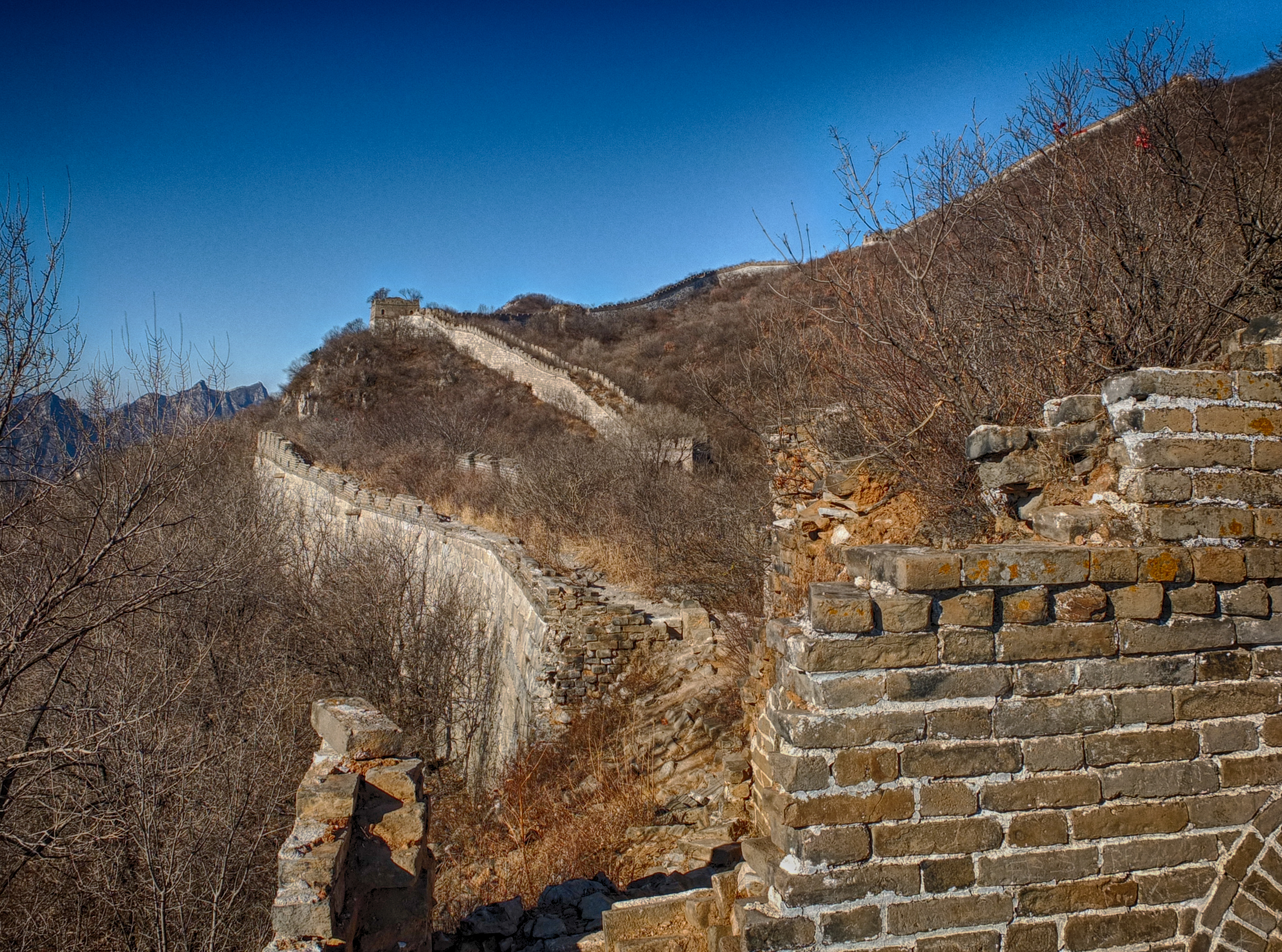

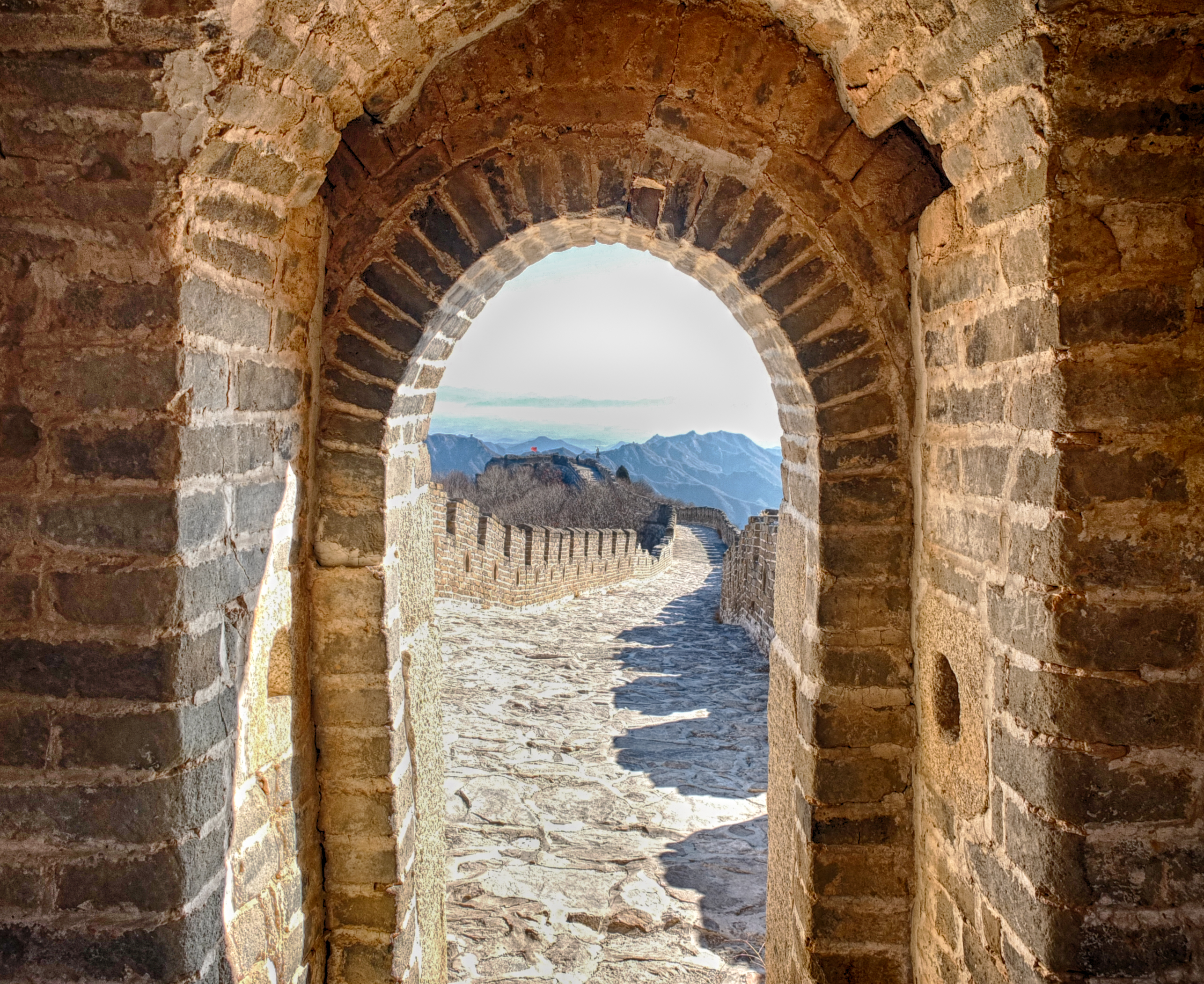
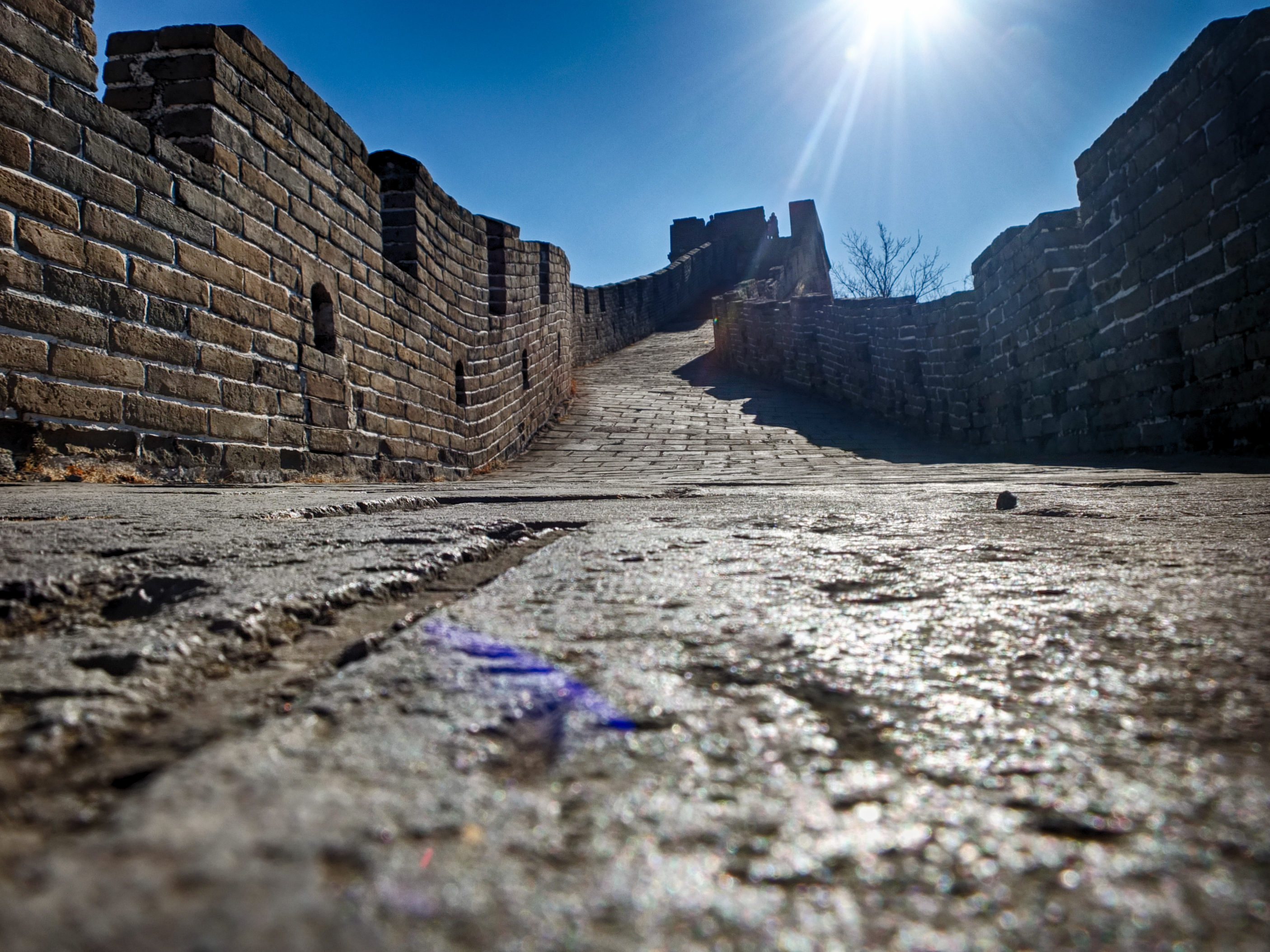
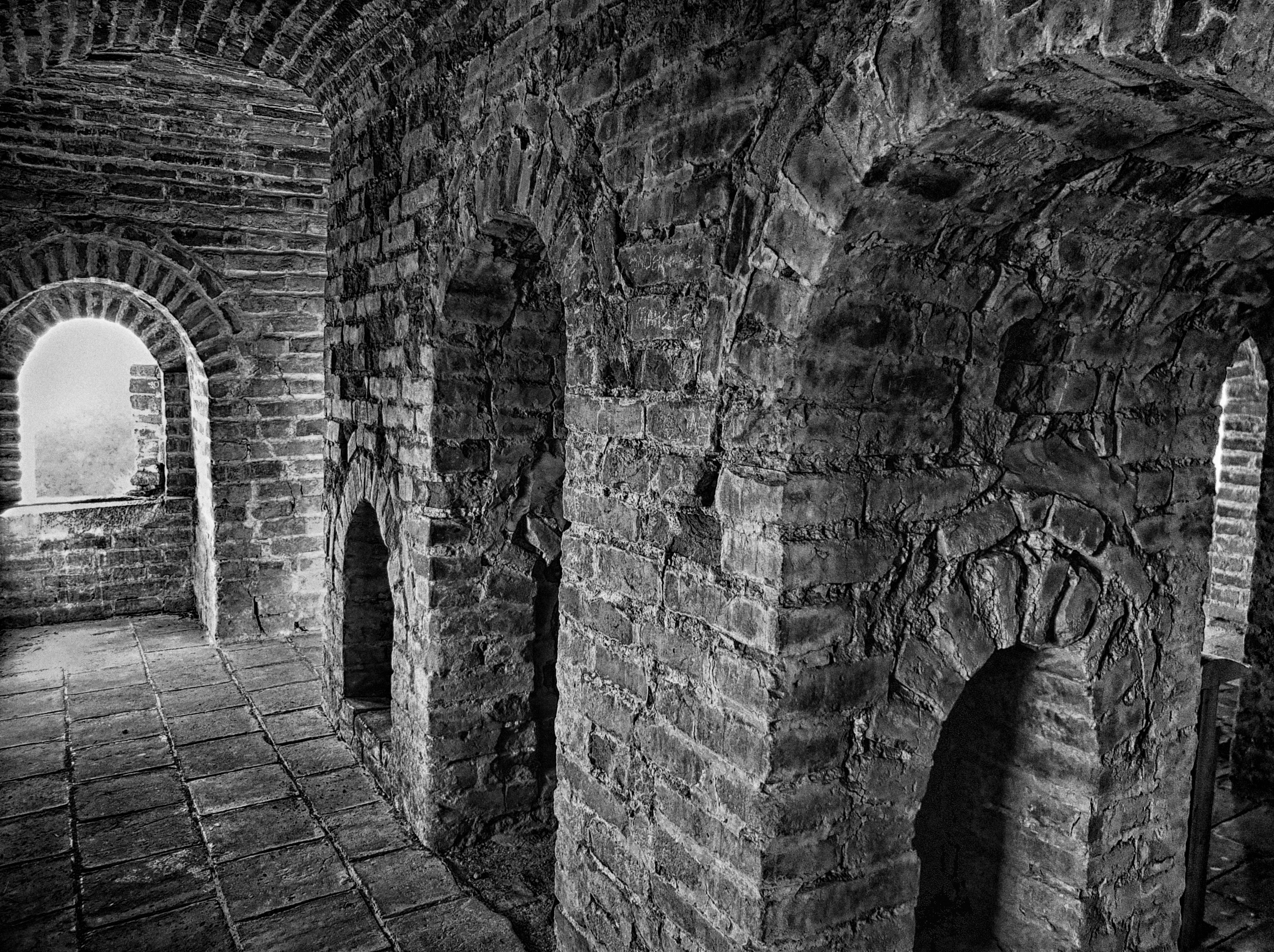
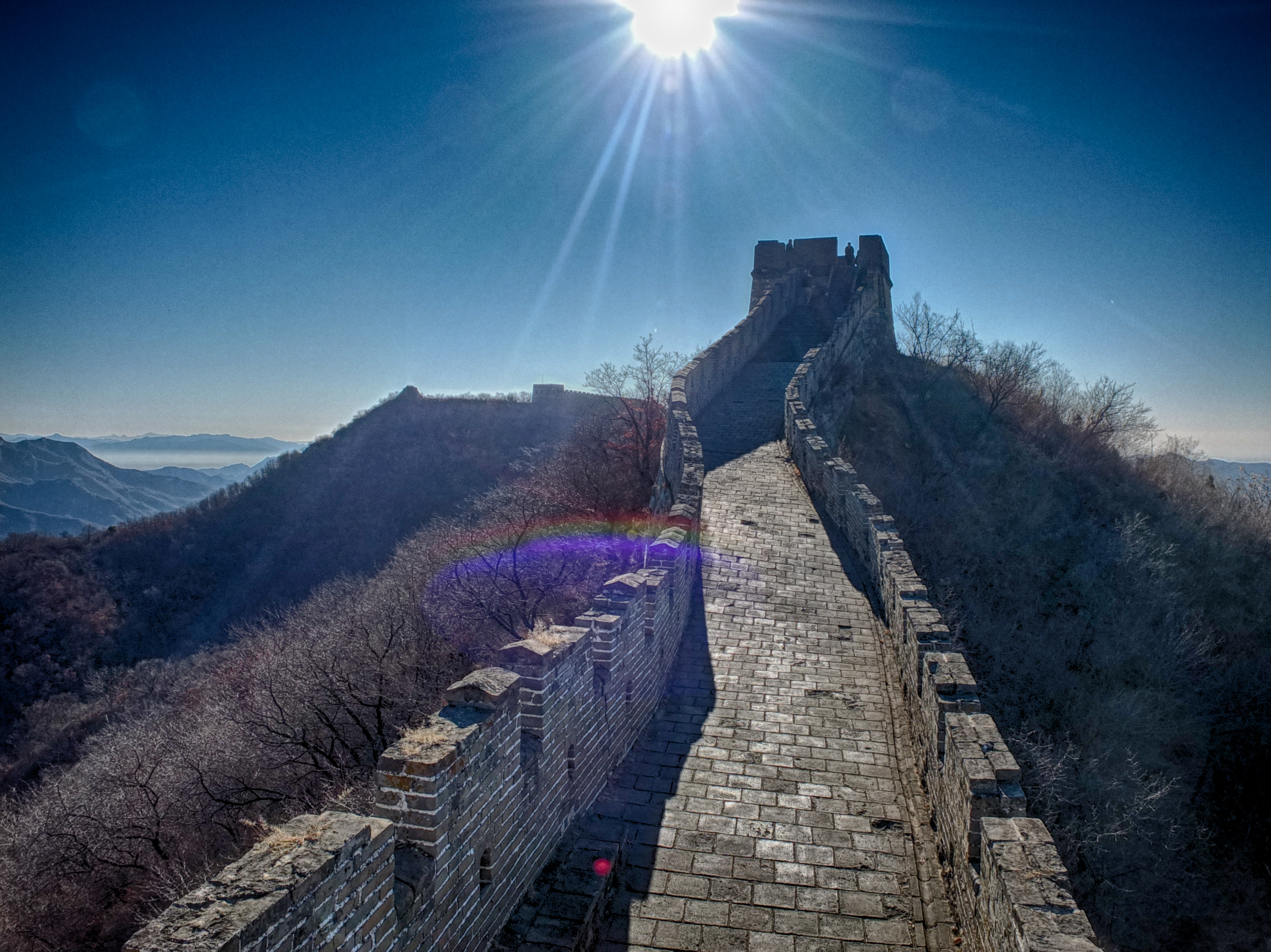

Perhaps your trip with the weather is too cold but it has wonderful sunny so the photos are so nice and clearly